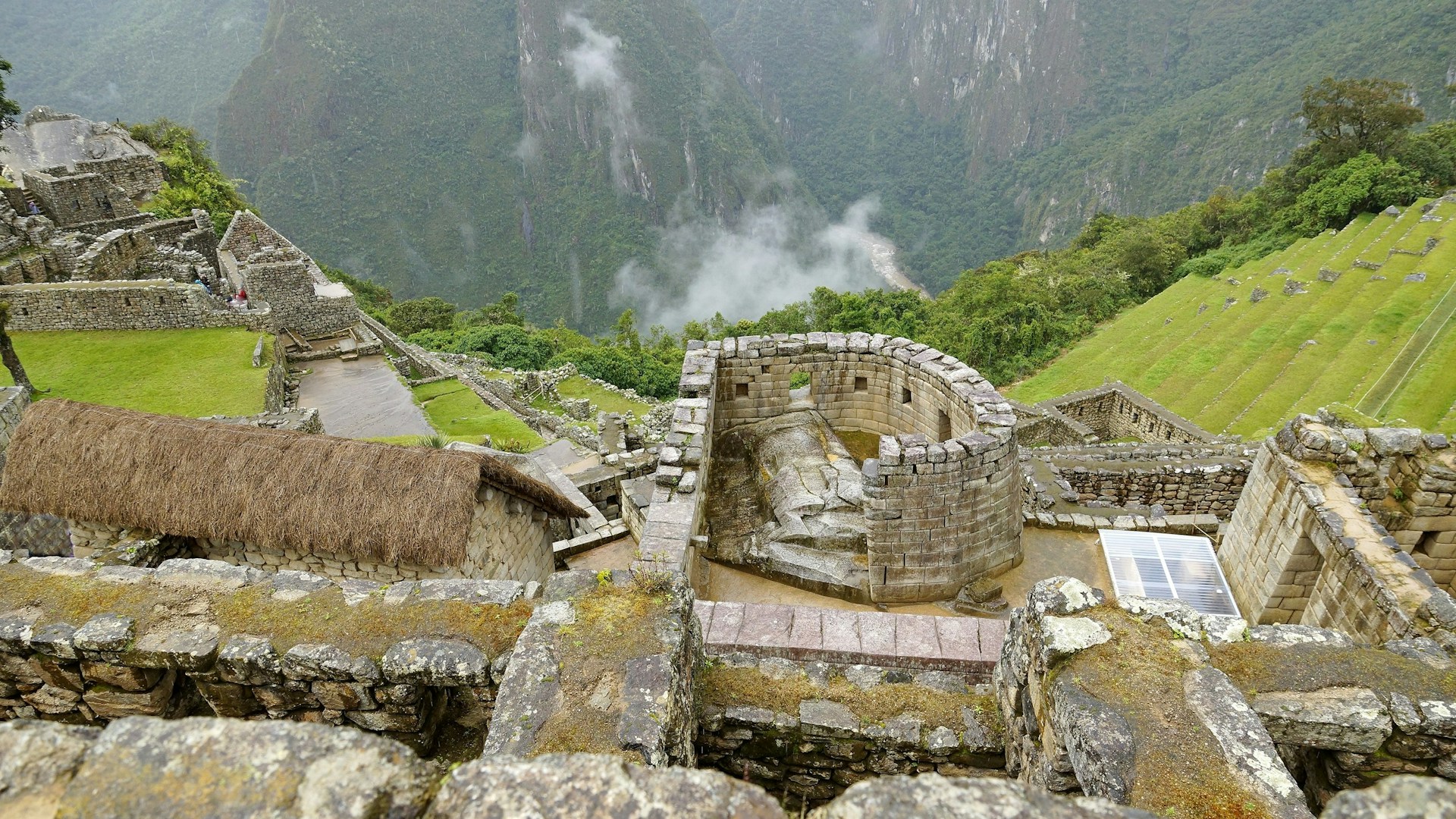The discovery of a 3,800-year-old clay sculpture depicting two toads has cast new light on the fate of Caral, one of the Americas’ earliest civilisations. Unearthed at the Vichama site in Peru, the figurine was linked with rain and fertility, yet its emergence alongside wall carvings of emaciated figures speaks to a society in distress. Archaeologists believe these artefacts document a period of prolonged drought that eroded food security and ultimately led to the collapse of this once-thriving urban centre. The find highlights how environmental stressors shaped cultural expression and sealed the destiny of one of humanity’s formative cities.
For international travel and tourism, this revelation enriches the narrative appeal of Peru’s archaeological sites. Beyond their monumental architecture, these places now invite visitors to engage with stories of resilience and vulnerability that feel strikingly relevant today. Travellers increasingly seek experiences that blend cultural heritage with reflections on contemporary challenges, and Caral’s new chapter provides exactly that. The integration of climate history into guided tours and interpretive exhibitions offers scope for deeper immersion, connecting global visitors not only to the ingenuity of ancient societies but also to the timeless struggle against environmental extremes.
The tourism sector can leverage this discovery to foster sustainable engagement. By developing educational programming, immersive storytelling, and heritage experiences framed around the lessons of Caral, Peru has the opportunity to strengthen its position as a destination where history and sustainability converge. Such strategies not only enhance visitor satisfaction but also channel attention and resources toward the preservation of fragile archaeological landscapes.
In essence, a modest clay figurine has become a powerful symbol for both past and present. It demonstrates how climate forces shaped human development thousands of years ago and, in doing so, offers travellers a reflective lens through which to view today’s global challenges. For Peru’s tourism industry, the find provides a unique opportunity: to transform heritage journeys into experiences that resonate with modern consciousness while securing greater support for cultural preservation.


